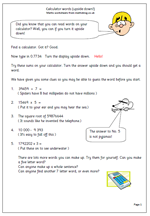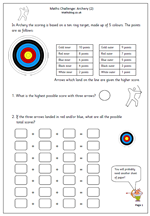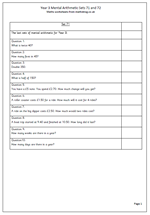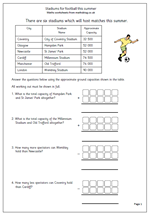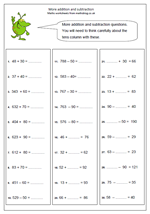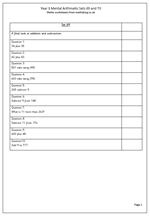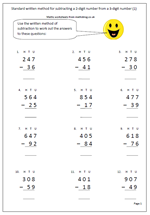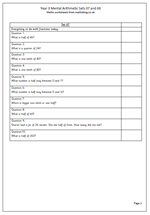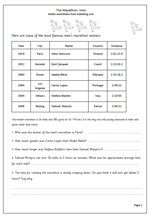 One of the most iconic events in athletics is the Marathon. It originates from stories of the famous Athenian, Pheidippides who ran from the battlefield near Marathon to Athens to announce the Greek victory over Persia. He is supposed to have collapsed and died from exhaustion after delivering his message.
One of the most iconic events in athletics is the Marathon. It originates from stories of the famous Athenian, Pheidippides who ran from the battlefield near Marathon to Athens to announce the Greek victory over Persia. He is supposed to have collapsed and died from exhaustion after delivering his message.
The marathon was about 25 miles long aalthough the distance was not standardised until 1908, when the race’s distance was extended from around 25 miles to 26.2 miles (42.195 kilometres). This distance became standard for the Marathon and is still used today.
It is the only race still usually measured in miles and yards rather than metric.
The men’s marathon world record is held by Patrick Makau of Kenya. He ran over 26 miles in just over 2 hours 3 minutes. In metres that is over 55 metres every 10 seconds.Mark out 55 metres on the playground or on the field. See if you can run that far in 10 seconds.If you can imagine doing it at the same speed for 2 hours without a break! That’s how fast they are running!!
